I think 1 cent per view is on the high end for YouTube
AdrianTheFrog
I think refurbished enterprise drives usually have a lot of extra protection hardware that helps them last a very long time. Seagate advertises a mean time to failure on their exos drives of ~200 years with a moderate level of usage. I feel like it would almost always be a better choice to get more refurbished enterprise drives than fewer new consumer drives.
I personally found an 8tb exos on serverpartdeals for ~$100 which seems to be in very good condition after checking the SMART monitoring. I'm just using it as a backup so there isn't any data on it that isn't also somewhere else, so I didn't bother with redundancy.
I'm not an expert, but this is just from the research I did before buying that backup drive.
I would say to first try the speed on ethernet. If that's slow, then it's the service or the modem and not the router. I think even the worst router you can find would support at least 250 Mbps on Ethernet.
To see if it's the router's fault, you could try some high bandwidth local network transfer, with sftp or something. If that's slow, if you have the money you can just buy one of those fancy gaming routers or some other highly reviewed one.
If there's a few walls or floors in between you and the router that could be the problem and a fancier higher power router will help with that. Another thing that could help is installing another access point near where you're device is, although that's obviously a lot of effort.
If even ethernet is slow and they refuse to help you then if you're in the US or Canada you can try submitting a complaint on the Better Business Bureau website. This actually helped us once or twice when dealing with some cellular problems. You wouldn't think it would do anything but I guess sometimes it gets them to pay at least a little bit of attention to the problem.
I have heard about how bad and monopolistic rural Internet can be, good luck
I can get like 300 Mbps on a speed test tho
That's probably a problem with your router or receiving hardware btw unless you've confirmed otherwise
Especially if you're in an area with a lot of other wifi signals or radio frequency interference
If it's an ISP provided router you could probably ask for them to look at it
The best way to learn a language is through immersion. Honestly I feel like it would be a lot of fun to learn a language in Europe since the majority of people also speak English well if you really need to fall back to that.
Kde connect was also pretty slow for me, but not any slower than MTP
I was using the Windows version tho
Idk about the wifi thing, my phone should technically be able to do >500 Mbps to my computer yet it still transfers files at like 10 over wifi or usb
500 would be more than good enough but 10 is not
(It's a OnePlus 12, age is not the issue)
I would also dislike the loss but I don't think data speed is really the issue. Mostly that I couldn't connect peripherals like my flash drive or sd card anymore
I feel like the pictures over-exaggerate the difference a bit. The wright flyer was literally made by two people in their spare time while the space program was around 4% of all federal spending and had almost half a million people working on it in some capacity.
I know that camera hardware does not return hdr values. So something in the actual conversion from/in the sensor (idk how cmos sensors work) would have to be affected by the white balance for changing it in the camera software to do lose a significant amount more information than changing it after the picture was taken. Unless the conversion from a raw image also is a factor, but raw images aren't hdr either so I don't really see how that could cause much significant difference.
If the white balance only dims colors and doesn't brighten them then it couldn't possibly clip anything and would have the same effect as lowering the exposure originally (with the new white balance) to avoid a clipped highlight.
I'm not a photography guy (just a computer graphics guy) so idk what the software usually does (I suspect it would avoid clipping? You could also brighten something with a gamma curve for example to prevent clipping...) but I can't find anything online about sensors having hardware support for white balance adjustment.
After some more testing I think the OnePlus one isn't usually that bad, it just works terribly in low light










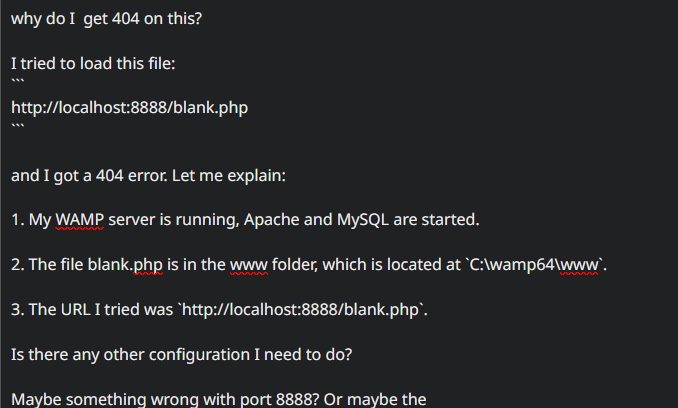

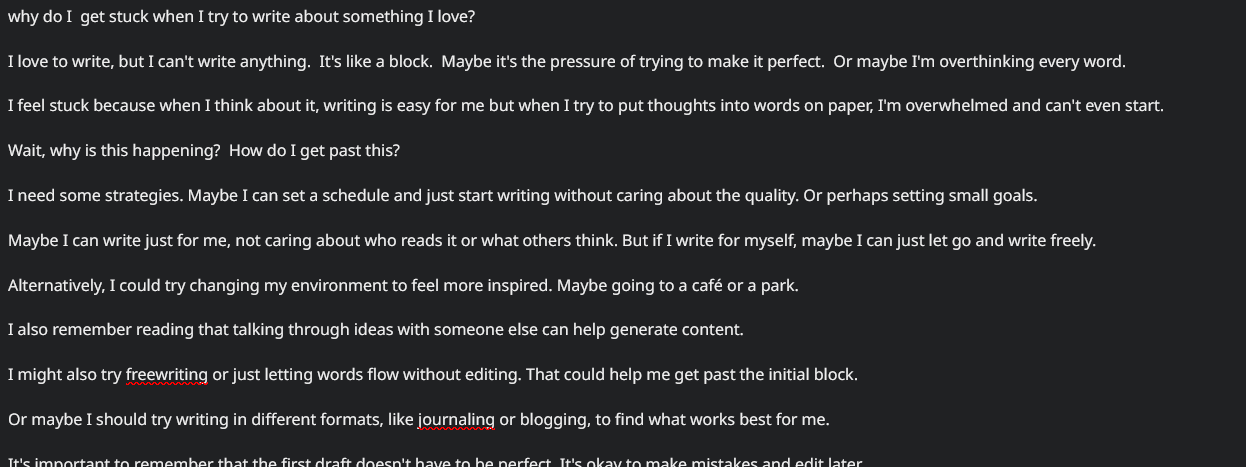

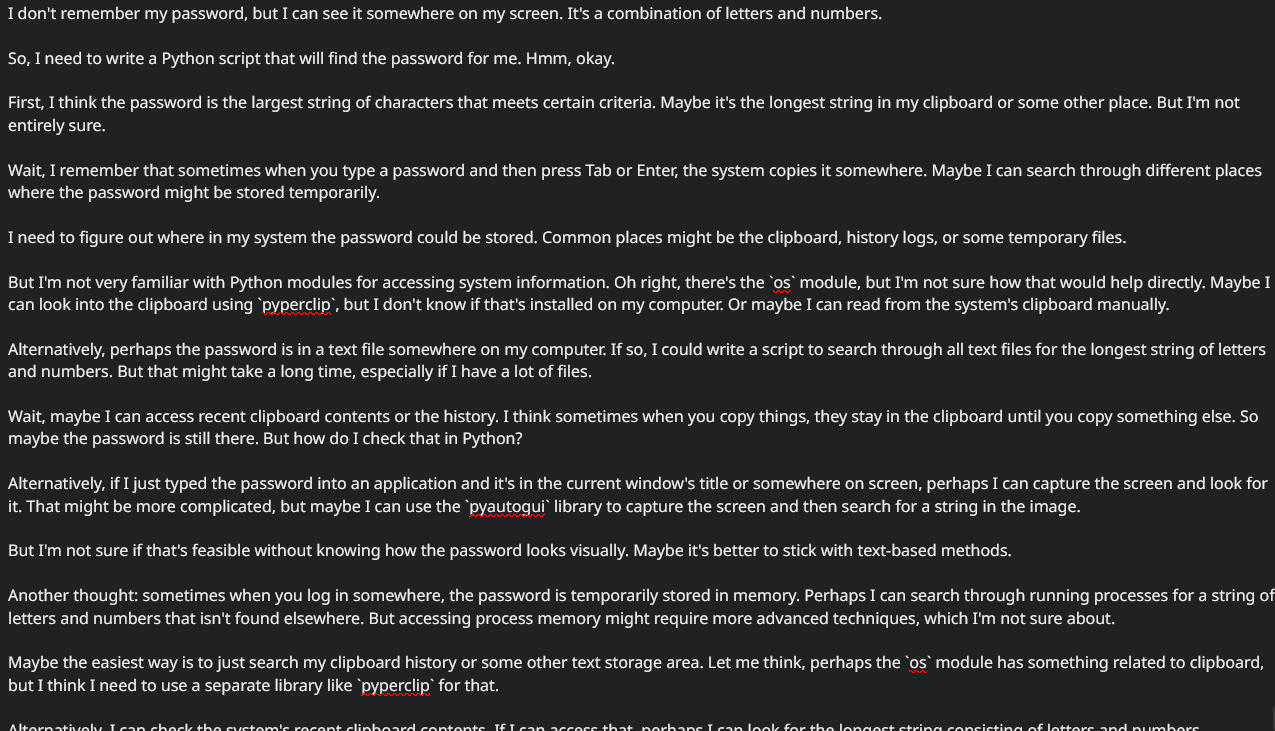

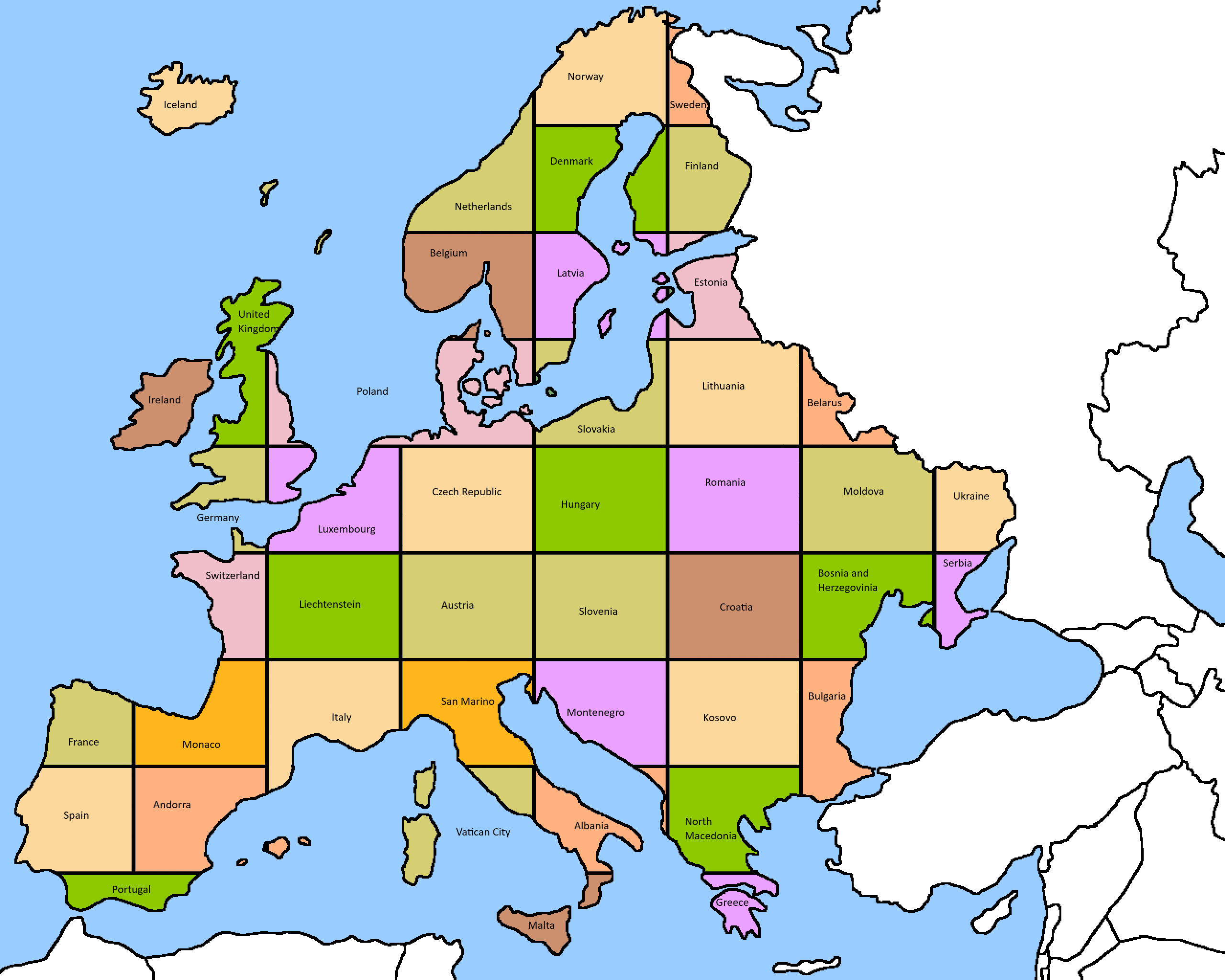



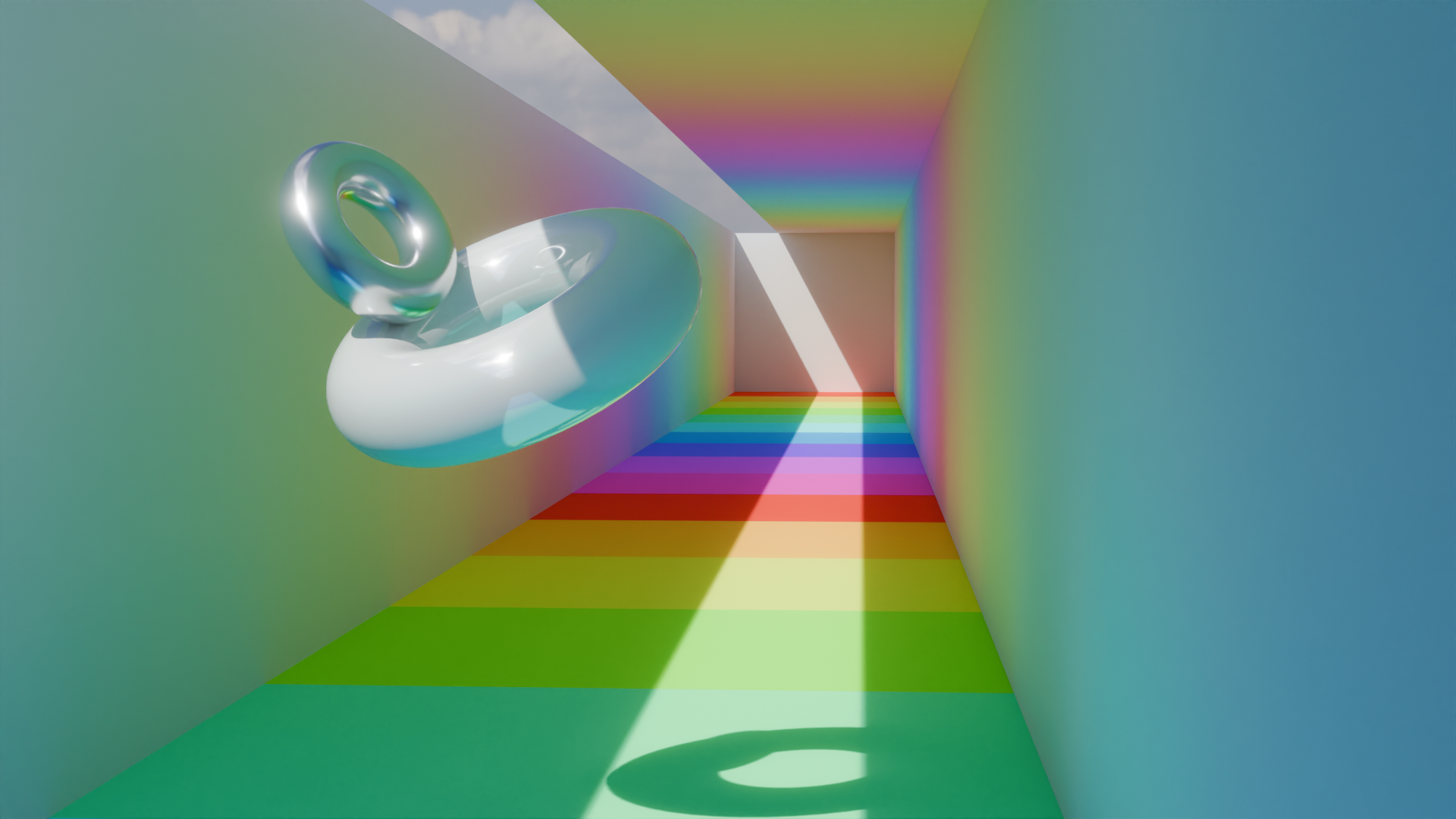
Arch is pretty nice because like 95% of things you would want to install are either in the official packages or on the AUR. And either way is very simple to do, you just look up "____ package Arch", see what it's called, and then run
sudo pacman -S ____oryay ____